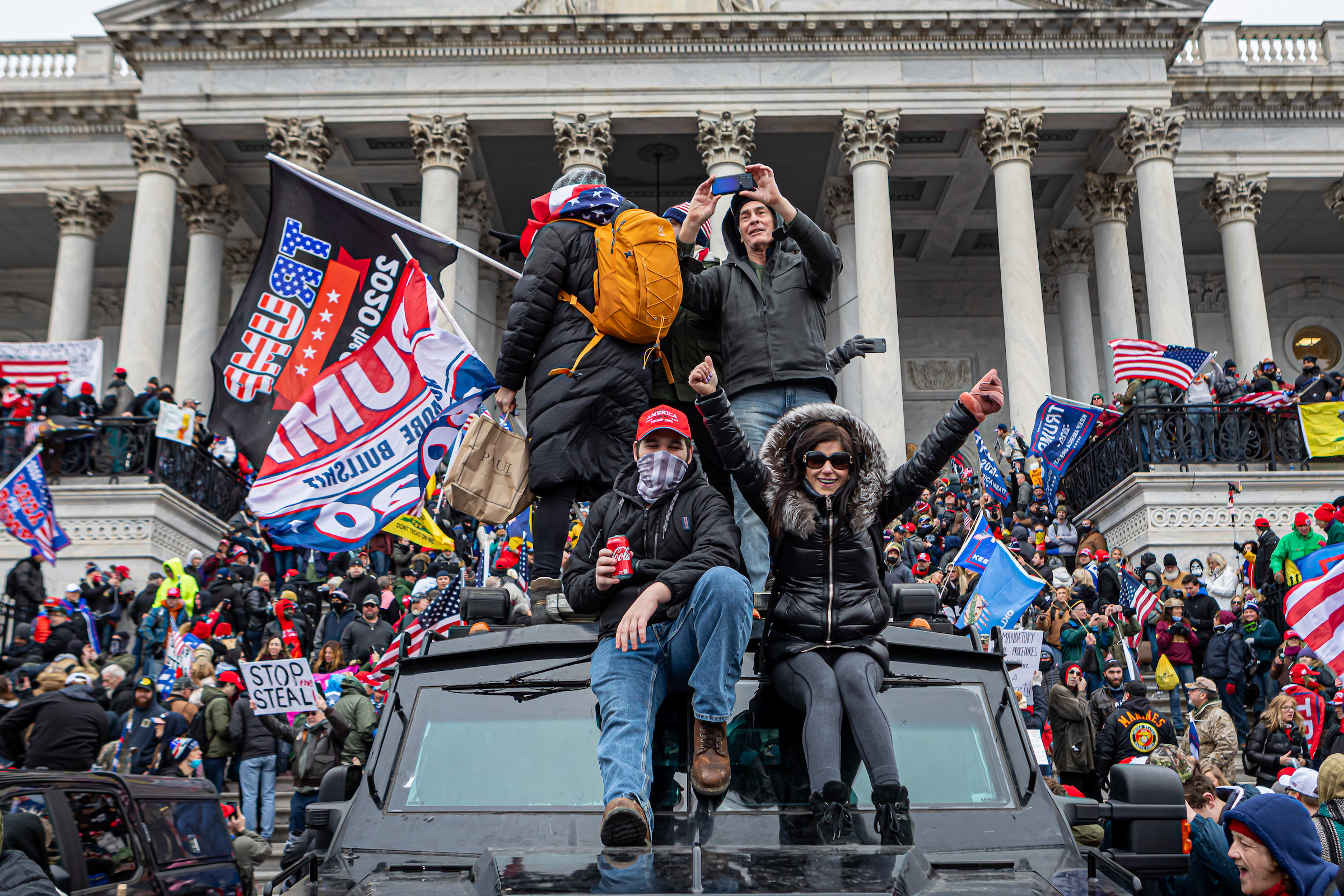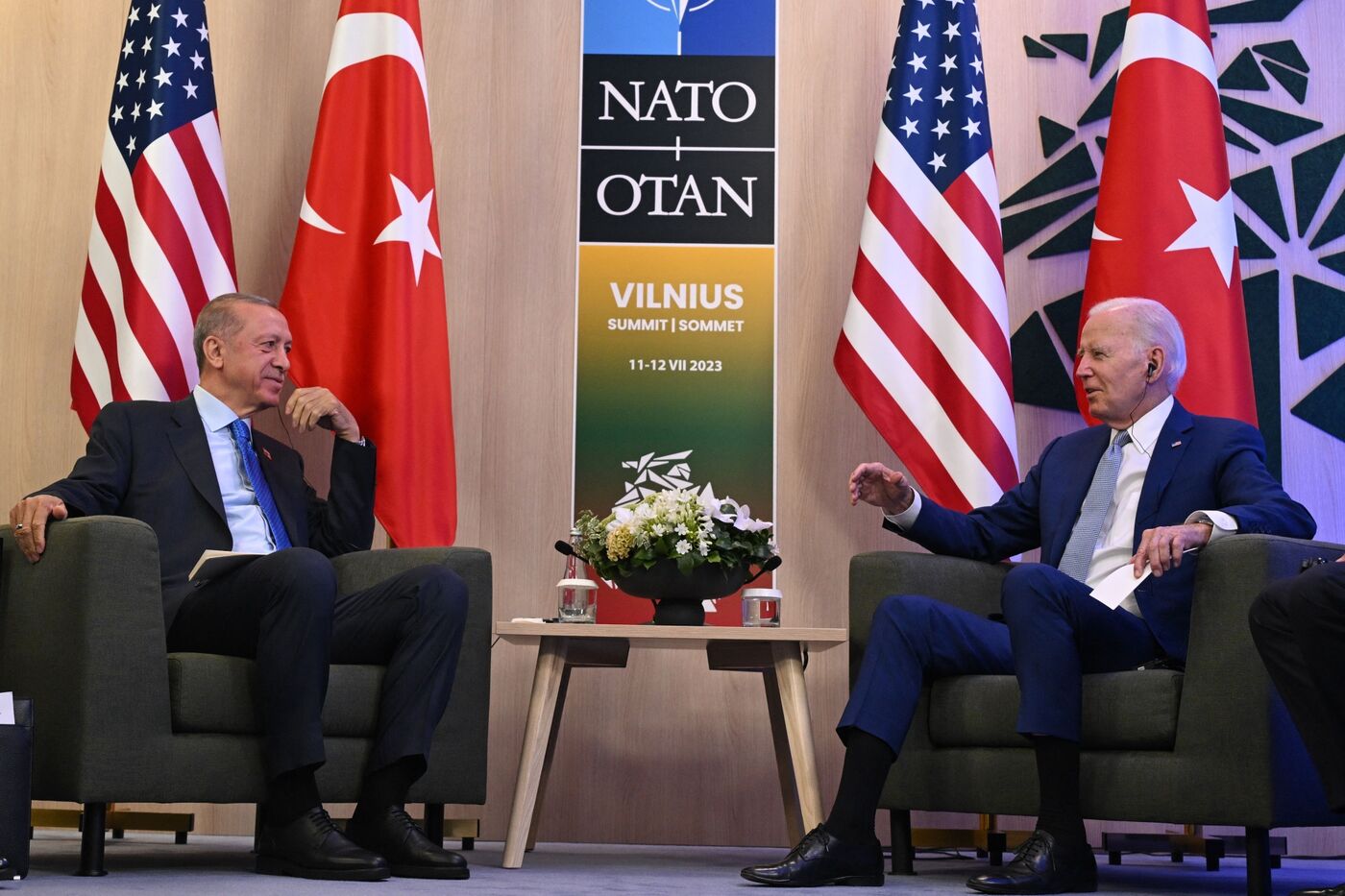Cracks Appear in MAGA World Over Foreign Worker Visas: The seemingly monolithic MAGA movement is fracturing over the issue of foreign worker visas, revealing deep divisions on economic policy, social anxieties, and the very future of the Republican party. This internal struggle highlights the complex interplay between economic needs, cultural anxieties, and political maneuvering within the movement, forcing a re-evaluation of its core tenets.
The debate centers around the economic contributions of foreign workers, particularly in sectors like agriculture and construction, versus concerns about potential wage depression and social impact. Different factions within MAGA offer starkly contrasting viewpoints, ranging from staunch opposition to nuanced support for controlled immigration based on specific skill sets. This internal conflict has significant implications for the party’s platform, electoral strategy, and its ability to present a unified front on key policy issues.
The Economic Realities of Foreign Worker Visas in the MAGA World
The debate surrounding foreign worker visas within the MAGA movement reveals a complex interplay of economic anxieties, social concerns, and internal political divisions. Understanding these factors is crucial for comprehending the evolving landscape of immigration policy within the Republican party.
The Economic Impact of Foreign Worker Programs

The economic effects of foreign worker programs are a central point of contention within the MAGA movement. While some supporters emphasize the potential for lower wages and job displacement for native-born workers, others highlight the contributions of foreign workers to specific industries and the overall economy. This section will examine both perspectives, providing examples and economic models to illustrate the potential consequences of different visa policies.
Industries like agriculture, hospitality, and construction are heavily reliant on foreign workers. Restricting access to these workers could lead to labor shortages, increased production costs, and higher prices for consumers. Conversely, proponents of stricter immigration controls often argue that an influx of foreign workers depresses wages for low-skilled American workers. This claim, however, requires nuanced analysis considering factors such as the specific skill sets of foreign workers and the overall demand for labor.
Economic models demonstrating the impact of different visa policies are complex and depend on various assumptions. For example, a model simulating a reduction in H-2B visas for seasonal workers might show increased labor costs for agricultural businesses, potentially leading to higher food prices. Conversely, a model focusing on high-skilled immigration (H-1B visas) might demonstrate increased innovation and economic growth. The impact of any policy will depend on the specifics of the policy and the underlying economic conditions.
| Figure Name | Stated Position on Immigration | Economic Policy Proposals | Potential Impact on Foreign Workers |
|---|---|---|---|
| Donald Trump | Generally restrictive, with emphasis on merit-based system | Increased border security, stricter enforcement of existing laws | Likely significant reduction in legal immigration, potentially impacting various sectors |
| Ron DeSantis | Focus on securing the border, prioritizing American workers | Emphasis on domestic job creation, potentially through trade policies | Potential for reduced access to certain visas, depending on specific policy implementations |
| Mike Pence | More moderate stance compared to Trump, but still prioritizing border security | Support for legal immigration, but with a focus on merit and skills | Potential for some adjustments to visa programs, but less drastic than under Trump |
| Tucker Carlson | Highly critical of immigration, emphasizing cultural concerns | Limited specific policy proposals, but generally advocates for stricter immigration controls | Likely significant reduction in legal immigration across various sectors |
Social and Cultural Impacts of Immigration within the MAGA Movement
Social and cultural anxieties surrounding immigration are significant drivers of the MAGA movement’s stance on foreign worker visas. These anxieties often center on concerns about cultural assimilation, the strain on social services, and the perceived threat to national identity. It’s crucial to understand how these concerns are framed and the narratives employed to shape public opinion.
The MAGA movement often utilizes narratives portraying foreign workers as a threat to American jobs and cultural values. These narratives frequently oversimplify complex economic realities and can perpetuate misinformation about the actual impact of immigration on communities. For example, claims about foreign workers depressing wages often fail to account for the economic contributions of these workers and the overall demand for labor in specific sectors.
- Combatting misinformation through fact-based campaigns and educational initiatives.
- Promoting inclusive community programs that foster integration and understanding.
- Highlighting the positive contributions of immigrants to society and the economy.
- Addressing concerns about social services through targeted policy solutions.
- Encouraging open dialogue and respectful engagement between different communities.
Internal Divisions within the MAGA Movement on Foreign Worker Visas

The MAGA movement is not monolithic in its views on foreign worker visas. While a significant portion advocates for stricter immigration controls, other factions recognize the economic contributions of foreign workers and support more moderate approaches. Understanding these internal divisions is crucial for analyzing the movement’s overall political strategy.
Some within the MAGA movement argue that restricting foreign worker visas will protect American jobs and wages, while others emphasize the economic benefits of these workers and the need for a flexible labor market. These differing perspectives reflect the diverse economic interests and social concerns within the movement’s broad base of support. The ongoing debate highlights the complexities of balancing economic needs with social and cultural anxieties.
These differing viewpoints can be categorized broadly into those prioritizing economic protectionism and those prioritizing economic growth, even if that growth includes the contribution of foreign workers. The internal disagreements on this issue have the potential to fracture the movement’s political unity and affect its ability to present a coherent policy platform.
The Political Landscape and Policy Implications, Cracks appear in Maga world over foreign worker visas
The internal divisions within the MAGA movement regarding foreign worker visas have significant political implications. These divisions affect the Republican party’s platform and electoral strategy, potentially impacting future elections. The ongoing debate shapes the party’s ability to appeal to different segments of its base and compete effectively in a changing political landscape.
For example, a hardline stance on immigration might resonate with a certain segment of the Republican base but alienate moderate voters. Conversely, a more moderate approach could attract broader support but potentially face internal criticism. The optimal political strategy for the Republican party will depend on how it navigates these internal divisions and adapts to the evolving public opinion on immigration.
So, cracks are showing in the MAGA world over the foreign worker visa issue – it’s causing a real headache for some. This whole thing reminds me of the political spat where Battin rejects ‘extreme’ slur, accuses Labor of running scared , which shows how easily these debates can get nasty. Ultimately, the visa issue highlights a deeper division within the MAGA base regarding immigration policies.
Different visa policies could lead to various election outcomes. A restrictive policy might mobilize a segment of the electorate but could also lead to economic consequences that negatively impact the party’s standing. Conversely, a more lenient policy might attract broader support but could alienate a portion of the base.
A timeline illustrating the evolution of MAGA rhetoric and policy positions on immigration would reveal a shift from initially focusing on building a wall to more nuanced discussions about merit-based immigration systems and border security. This shift reflects the internal struggles and the evolving political landscape surrounding the issue.
Visual Representations of the Issue

An infographic illustrating the economic contributions of foreign workers could use a bar chart to compare GDP contributions across various sectors (agriculture, tech, hospitality) with and without foreign worker participation. A pie chart could visually represent the percentage of foreign workers in each sector. Color-coding could highlight the positive economic impact, while annotations would provide specific data points and dollar figures.
So, the “MAGA” world is fracturing over the foreign worker visa issue – it’s a pretty big mess. Meanwhile, in a completely different arena, check out how Arkansas football tops Texas Tech in Liberty Bowl behind explosive plays, a welcome distraction from the political turmoil. The contrast between these two stories highlights how disconnected some political realities are from everyday life.
The overall design should be clean and easy to understand, even for those unfamiliar with economic data.
An image depicting the diverse perspectives within the MAGA movement could show a group of individuals with varying facial expressions and body language. Those supporting stricter controls might display serious or concerned expressions, while those favoring more moderate approaches could have more open and receptive expressions. The background could subtly reflect the different narratives associated with each viewpoint, perhaps using visual cues like flags or symbols to represent different ideological stances.
The overall composition should convey the tension and diversity of opinions within the movement.
Last Word
The fissures within the MAGA movement over foreign worker visas are more than just a policy disagreement; they represent a fundamental struggle over the movement’s identity and future direction. The economic realities of reliance on foreign labor clash with deeply held social and cultural anxieties, creating a volatile mix that could significantly impact the Republican party’s trajectory in the coming years.
Resolving these internal conflicts will require careful navigation of complex economic data, thoughtful consideration of social concerns, and a willingness to engage in constructive dialogue – a challenge that will define the movement’s ability to adapt and evolve.
Query Resolution: Cracks Appear In Maga World Over Foreign Worker Visas
What specific industries are most reliant on foreign workers?
Agriculture, construction, hospitality, and healthcare are heavily reliant on foreign workers.
The MAGA world’s fracturing over foreign worker visas is causing a lot of internal conflict. It’s a stark contrast to the peaceful escape offered by a hike, like the one described in this awesome article: Deserted beaches, wild rivers and seaside chill: four days walking in. Perhaps some MAGA supporters need a break from the drama and could use some seaside chill to clear their heads before tackling these complex immigration issues.
How do proponents of restricting foreign worker visas justify their stance?
Arguments often center on protecting domestic jobs, lowering wages for American workers, and concerns about cultural assimilation.
What are the potential long-term consequences of restricting foreign worker access?
Potential consequences include labor shortages, increased production costs, and economic stagnation in certain sectors.
Are there any examples of successful foreign worker programs that could serve as models?
Canada and Australia have implemented relatively successful points-based immigration systems that could be studied for potential best practices.